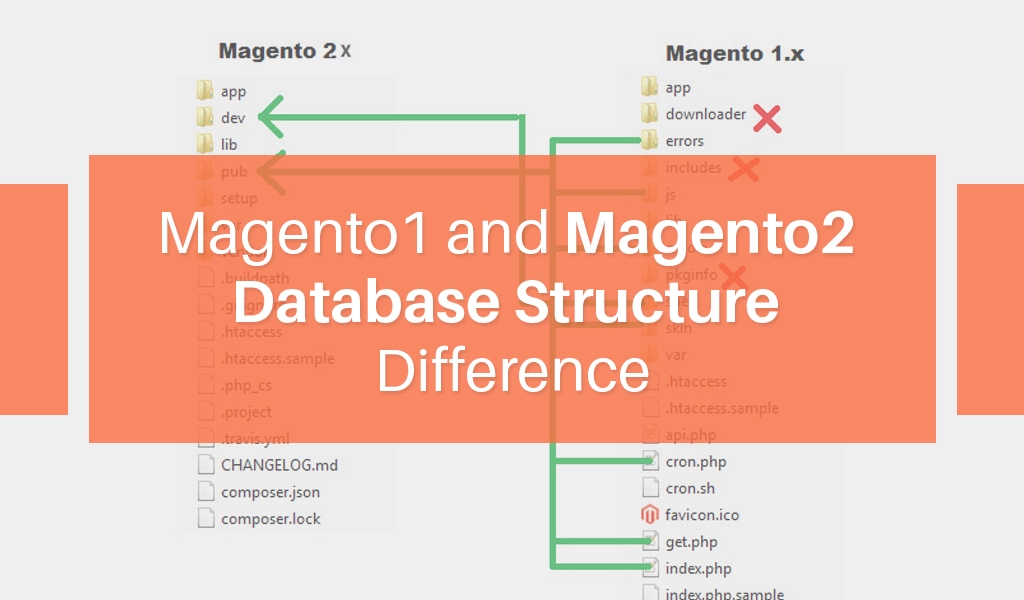Magento 1 and Magento 2 Database Structure Difference
-
 Nidhi Arora
Nidhi Arora
- 10 years

The database structure was one of the biggest bottlenecks with Magento 1. It was difficult to customize Magento 1 to run on numerous databases or even split some particular functions like checkout, catalog, and customer to execute on an individual master database through background data synchronization.
However, Magento 2 comes with an alternative to employ three individual master databases for different functional areas which further permits users to split the load for checkout, order management, catalog browsing, etc. Even though it is accessible only with the EE version. This promising feature of Magento 2 is a right fit for all those merchants who have been struggling to sustain their peak traffic throughout the holiday season.
Magento 2 still employs the EAV (Entity Attribute Value) database structure for such entities as product, category, customer address, order, etc. But, there are some major differences in the database structure of Magento 1 and Magento 2.
So, without any further ado, let’s dive into the differences!
- In Magento 1.9, the default tables at the time of installation is equal to 333, and System attribute comes with 131 attributes. However, Magento 2 has 296 default tables at the time of installation with 129 system attributes.
- Magento 1.x has the core_resource as the module register table and it is not available with the Magento 2. The name of the table that registers the module is setup_module, and version with schema_version. data_version is the same.
Apart from aforementioned differences, the names are also changed for some other tables. Let’s have a look at these names:
- core_store to store
- core_store_group to store_group
- core_website to store_website
- admin_role to autorization_role
- admin_rule to authorization_rule
The structure of core_store, and core_store_group tables has also been changed. But, the rest of the table does not have any structural changes.
If you are looking for experts to help you with Magento 2 development, contact Envision eCommerce and our Magento-certified developers will be happy to help you.
Download Blog













